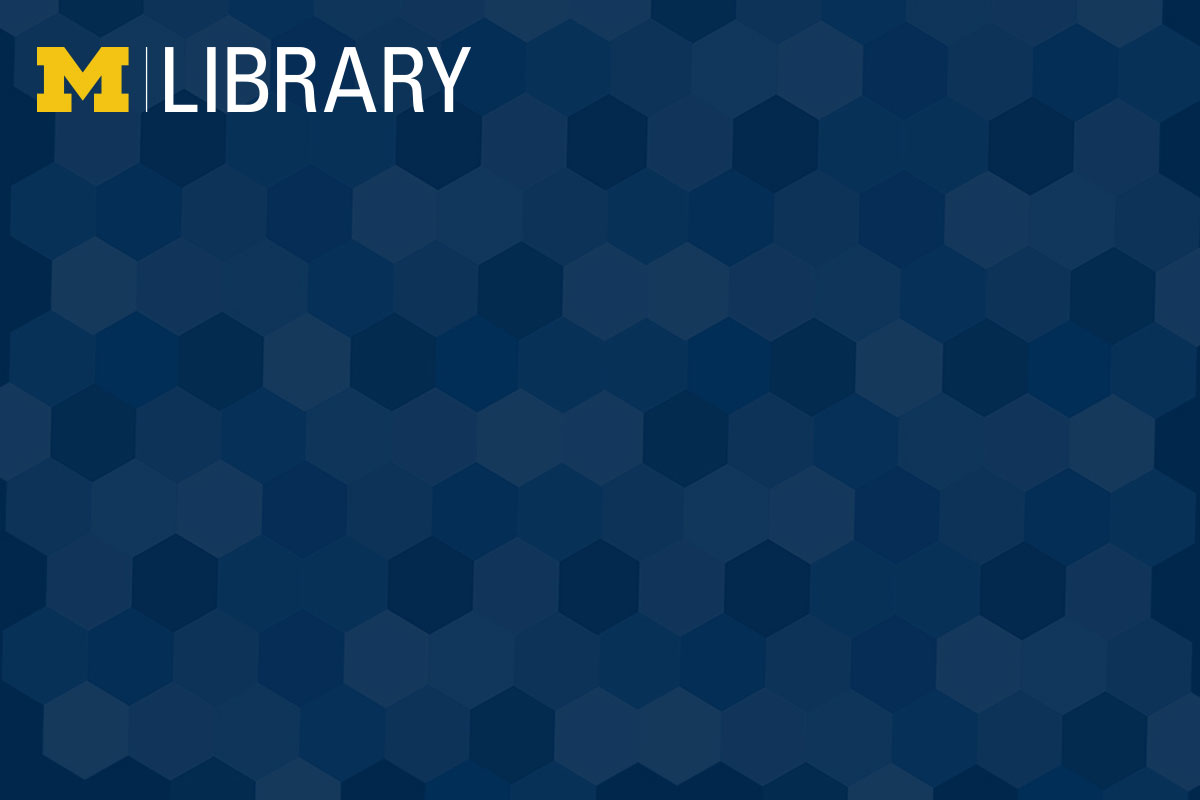Identities
It is evident in the interpretive illustrations and vibrant imagery in these works that the identity of the artist and the author (when they are different) interesect to create a new representation of a literary work. These literary intersections are more broadly described under the Narratives tab in this exhibit. More specifically, the identity of Rolando Estévez as an artist is woven into each of his pieces as his identity shifts from that of a collaborative artist to a sole creator. His voice and impetus, however, remains inconstant: to be in search of the purity of and freedom in expression and literary reflection.
As Estévez, once a principal designer for Ediciones Vigía, grew as an artist, the books published by Vigía also became more elaborate. No longer were the pieces invitations to events as they first started, but they were becoming influential works of art that incorporated text from all arenas of life: cultural and intellectual interests, spiritual homages, and regional representations. In 2013, affter many years collaborating with Ediciones Vigía, Estévez decided to depart from his role with the collective to develop his own artistic works under his new imprint, El Fortín (the fortress), represented by the lighthouse symbol.
Estévez continues to grow as an artist, but he still pays homage to the literary greats he respects, which is evident in his tribute to Hemingway. As well, he also identifies as an artist with a new and growing audience in the United States. While describing his multi-painting piece, Plurality of Love which was created in the United States, Estévez calls the U.S. a “multi-country” -- a place where people from all over the world can be free. Freedom is crucial, and he wants a world where everyone has their own freedom.
Estévez considers himself an island of freedom. He is a part of the world but free to express himself. He not only uses design and images to express his artistry, but now he uses his own words for the content of his works. No longer required to create works which have to be reproduced in editions of 200 as is the norm for Vigía, Estévez now creates more elaborate, limited-edition and one-of-a-kind works. With the guiding light of El Fortín, he can now create what he wants, and he can have the freedom he needs as an artist. His identity has shifted with his work. And the identity of his works have shifted in what they mean to a growing international audience. He came with the lantern, but he has now built his lighthouse.

Cultures

Narratives
